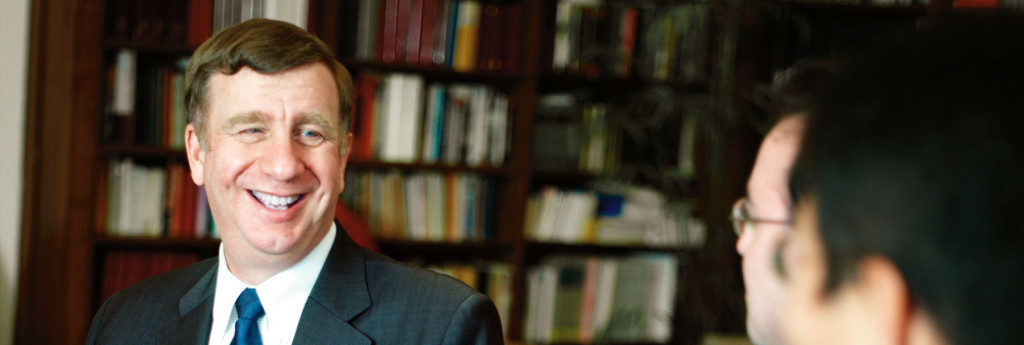Leia Castañeda Anastacio
LL.M. ’96 and S.J.D. ’09, Harvard Law School
I was six years out from my LL.M. graduation, and my family had just relocated from New England to the Deep South. I had a toddler and a newborn. I had also just written my first original work of legal history, but lived 200 miles away from the nearest law school. If anyone had told me then that I would return to Harvard Law School, graduate with my S.J.D. degree, win legal history prizes, and publish my dissertation with Cambridge University Press, I would have been hard-pressed to believe them. Having just settled in the suburbs of Muscle Shoals, Alabama, I found the prospect of pursuing legal historical scholarship in earnest a daft dream. But with Professor Alford’s help, I got my dream shot.
Commending my first foray into legal history, Professor Alford inevitably followed up with the practical concern, “so what would you like to do?” When I disclosed that I wanted to do legal history and had always regretted not pursuing the S.J.D., he encouraged me to apply while cautioning me that competition would be especially keen for the coming academic year. It was the winter of 2002, and with 09/11 throwing the job market for LL.M. graduates into greater uncertainty, the HLS Graduate Program expected S.J.D. applications to double, even triple, in number. Nonetheless, with Professor Alford’s guidance, the fall of 2002 saw me making my way, half-dazed, past Langdell and Griswold and towards Pound to register for my mandatory year in residence. I could scarcely believe I was back. And was I ever.
Juggling the demands of a doctoral program with marriage and motherhood was always going to be challenging, but in Professor Alford, I could not have found a more supportive and understanding supervisor and mentor, nor in the HLS Graduate Program that he ran, more flexible and accommodating logistics. Guiding with a firm hand but a light touch, his incisive critiques zeroed in on the weakest spots in my work, but were sufficiently constructive to point me towards the right direction, yet open-ended enough to enable me to grapple with theories, methodologies, sources, and data after my own fashion and figure a way towards my own answers, in the process allowing me to find my voice as a scholar. For its part, the Graduate Program worked with me to set a congenial timetable to fulfill requirements.
My return to HLS occasioned another homecoming – that with the East Asian Legal Studies Program with which I had previously been a visiting scholar. As EALS director, Professor Alford provided this primarily off-campus student a home base that anchored me to the HLS community and shaped my experience and thus my memories of Harvard. As with its director, so does EALS represent the best in Harvard – its unrelenting quest for knowledge and excellence, its openness to difference and willingness to engage with both rigor and respect, its commitment to global transformation. As Vice Dean, Professor Alford imbued the Graduate Program with this same spirit, and under his stewardship, it has grown into a similarly warm, collaborative, and tight-knit family of dedicated scholars.
But perhaps what I am most grateful for is Professor Alford’s great faith in his students. In us, he often sees a potential greater than what even we might allow ourselves to imagine. But it is precisely this faith that drove me to accomplish the kind of scholarship that he believed I was capable of. And his is not an amorphous, ephemeral faith by any means, for it comes backed up by deeds through his enthusiastic support, both moral and material, of our pursuit of professional opportunities and ventures. Quite simply, he helps you get your dream shot and make the dream real. I doubt I would have become a legal historian but for his help.
For everything that he has done for and been to me, I will never be able to thank Professor Alford enough. I wish him always and only the best as he embarks on this new phase in his professional and personal life.










